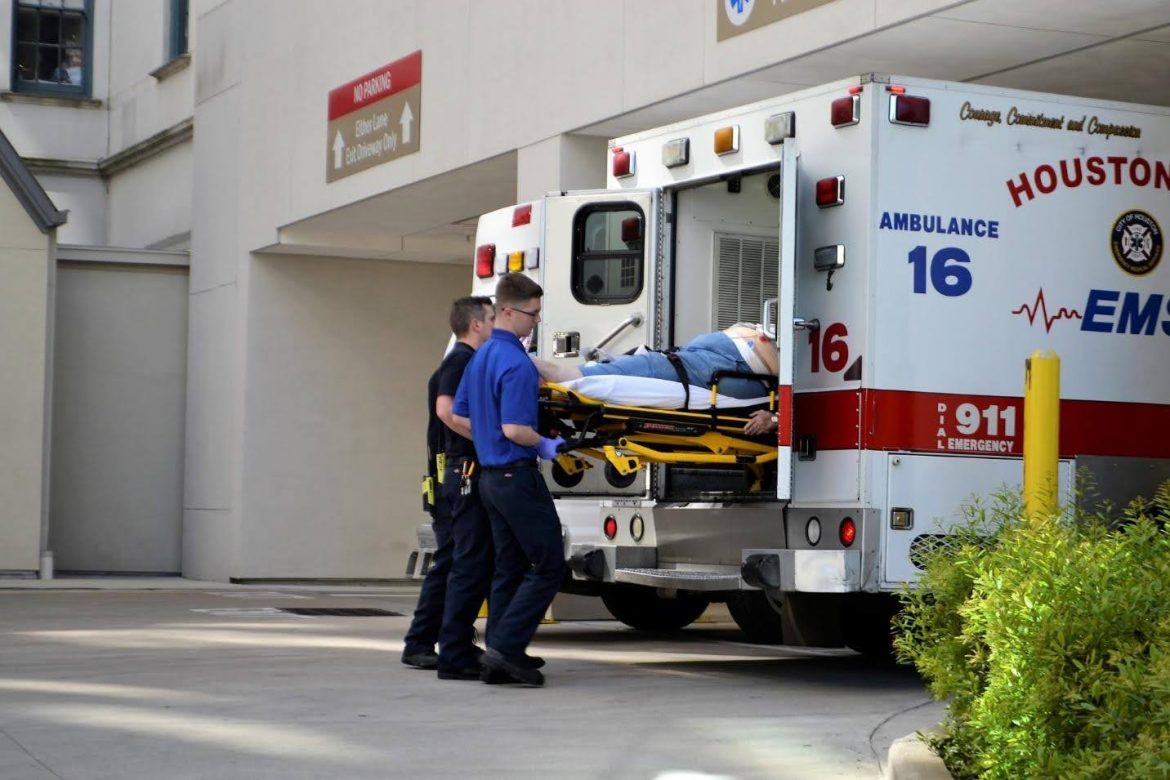Workplace injuries have declined significantly in recent decades but remain a major problem. In the United States alone, nearly 3 million nonfatal workplace injuries and illnesses reported in 2022. As the nature of work evolves, especially with the advent of new technologies, new risks emerge, along with opportunities to further prevent workplace injuries. Staying up to date on the latest trends and innovations in injury prevention can help you make further progress in this important area.
Wearable Safety Technology
A growing trend is the introduction of wearable devices for injury prevention and workplace safety. This includes “smart” personal protective equipment that can monitor environmental hazards and worker health data to mitigate safety concerns. Exoskeletons and ergonomic supports are also new solutions that can reduce worker stress and overexertion injuries. The global enterprise wearables market is expected to grow to over $18 billion by 2026. Companies must keep pace with these new technologies to improve their security programs
Virtual Reality and Augmented Safety
Virtual reality (VR) and augmented reality (AR) are used increasingly for safety training in hazardous industries. VR creates interactive and immersive environments that can safely simulate hazardous scenarios to train emergency response protocols. AR overlays graphical data onto real-work environments, providing workers real-time feedback on proper safety procedures and potential risks.
Automation and Risk Reduction
Increased automation in warehouses, factories, and other industrial environments can significantly reduce the risk of injuries from repetitive strain injuries, overexertion, and distraction. Advanced robots, smart devices, and automated assistance can free human workers from more dangerous and injury-prone tasks. Such kind of dangerous and injury-prone tasks often lead to incidents and employees can get in touch with a work injury lawyer in Houston.
Predictive Analytics and Early Intervention
Sophisticated algorithms applied to workplace data can now identify the risk of injury and initiate preventive interventions. By analyzing indicators related to biomechanics, ergonomics, workplace safety behaviors, and near misses, predictive models can determine the probability and severity of potential injuries. The safety manager can take corrective actions such as: Removing employees from “high-risk” roles, modifying equipment, or introducing additional rest periods.
Emerging Health Issues
In addition to advances in safety technology and injury prevention, companies need to stay current on emerging health issues in the workplace. For example, new health risks come with modern office jobs, like sore hands or eyes for using multiple devices. Sitting all day can also be unhealthy over time. And feeling lots of stress or having mental health issues seems more common. Companies need to look at all parts of employee health and safety these days, not just traditional problems.
Continual Innovation Needed
As innovations aim to improve workplace safety and reduce the risk of future injuries, companies must remain vigilant and adaptable, adopting new tools, methods, and responsibilities to keep employees safe and healthy. Proper implementation planning, change management processes, and regular evaluation of new technologies against injury prevention goals remain critical. A safety-focused organizational culture supported by reliable senior management remains irreplaceable. Legal and regulatory frameworks around occupational safety and health requirements continue advancing as well. Employers must follow the latest standards, guidance, and laws to remain compliant and protect workforces.
Summing it up
Finally, technological innovation and disruption continues to accelerate rapidly across all industries. This dynamic environment requires organizations to adapt security practices based on new systems, workflows, and employee risks. As the job evolves, agile retraining, solid development of technical knowledge, and constant updating of safety protocols for new tools must remain high priorities for workers and leadership.
Anticipating changes before an incident occurs and preemptively reducing the risk of new injuries will become increasingly important in the future. By remaining vigilant, properly implementing, and using technology responsibly, companies can maximize future job opportunities while protecting health, safety, and well-being of employees at all levels.

